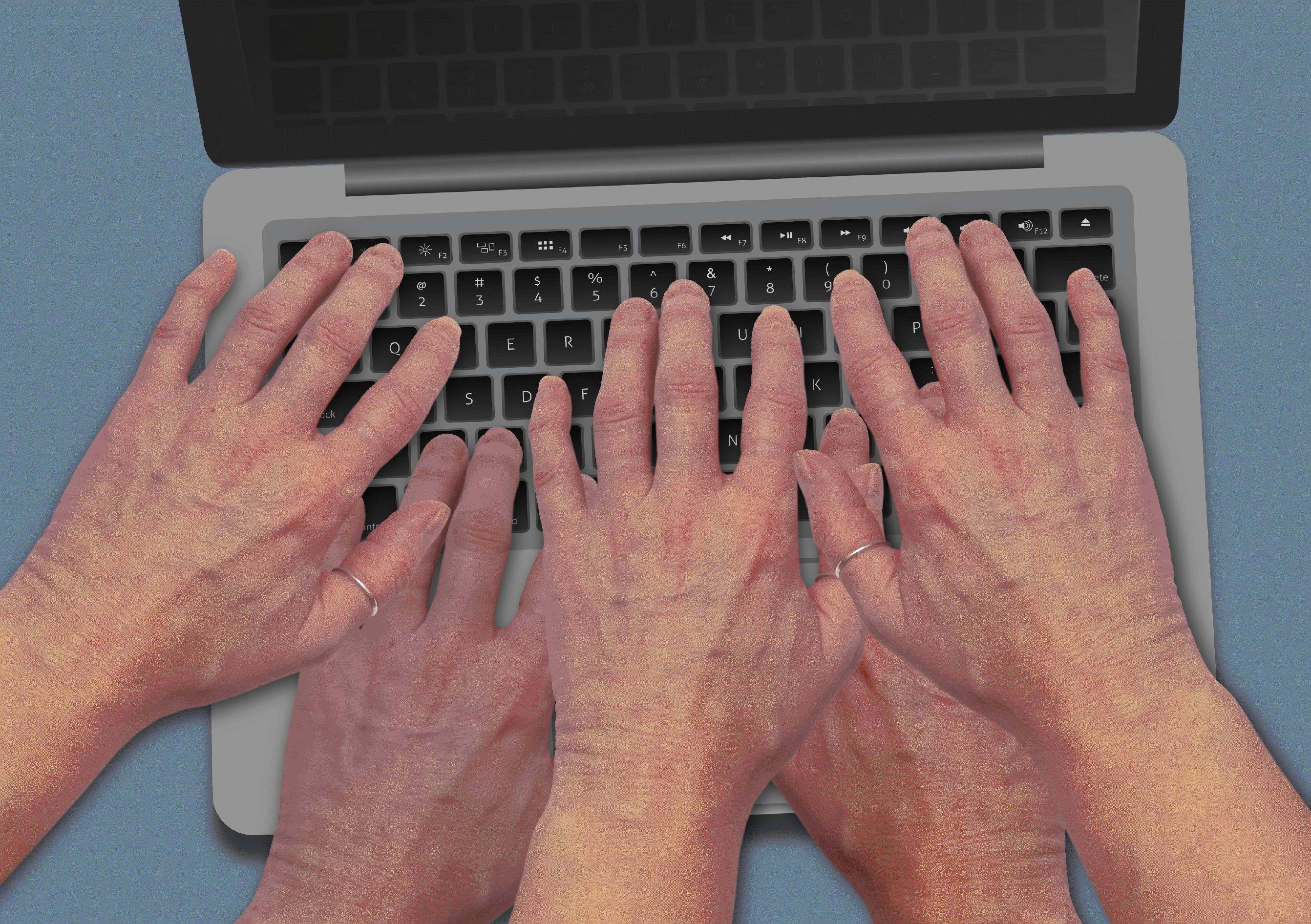11 benefits of online proofing software
Given the whirlwind nature of product launches, where timing is critical and perfection is imperative, ensuring your artwork proofing process is...

Brand owners are well-versed in the value of their products and the critical role of packaging in the marketplace. Packaging serves as the initial interface between the brand and the consumer, crafting the first impression and setting expectations. Well-executed design not only differentiates a product but also conveys its values and can significantly sway purchase decisions. Compelling packaging can ignite social media buzz, leading to organic marketing through consumer engagement and unboxing phenomena. Thus, strategic investment in sophisticated packaging design is a cornerstone for amplifying brand recognition, enhancing customer satisfaction, and ultimately, propelling sales—making it an essential element for brand success.
Table of Contents
Brand owners ideally should channel their efforts into brand strategy and the development of packaging design. Yet, insights from brand owners reveal that a substantial amount of invaluable time is consumed in tasks such as coordinating with suppliers and colleagues, curating and disseminating content, handling numerous files and feedback, as well as ensuring regulatory compliance and overseeing the proofing of artworks.
Client experiences highlight a disproportionate amount of time spent managing artworks compared to actual design development, with the approval process for each artwork consuming between three to seven hours. For some, managing artwork production engulfs their entire work schedule. This not only devours time but is also complex and demands a comprehensive understanding to ensure that the artwork is safely approved and reproduced accurately.
There is a consensus that one's time could be more productively used in activities that drive the brand forward, such as launching new branding initiatives and enhancing sales. Fortunately, solutions exist that liberate time and bolster security without necessitating a mastery of the entire artwork management process.
Artwork management encompasses all the activities associated with implementing and maintaining packaging design. While many brand owners view design creation as the central task, it's the ongoing artwork management that tends to be more repetitive and time-consuming. This includes updating artwork to reflect changes in ingredients, nutritional facts, regulations, and marketing initiatives. While the inception of new design is less frequent, it is far more visible. For brand owners to devote more time to creating new packaging designs, artwork management should be executed in the most time-efficient, convenient, and secure manner possible.
There are game-changing methods a brand owner can implement to improve their marketing organization:
Coordinating artworks, content, and approvals manually is a significant drain on time. Very few things can accelerate the process of creating artwork as effectively as dedicated automated artwork management software. This technology minimizes manual coordination by introducing automated systems that streamline the entire process. Key time-saving advantages include:
Every organization has its unique set of time wasters. These can arise from various sources, influenced by individual practices, organizational structure, and the execution of disjointed tasks in a sequence that impedes the management of artworks. Often, workflow managers and software might default to implementing standardized artwork process management, expecting uniform compliance. However, this approach could inadvertently introduce new inefficiencies or necessitate a comprehensive reorganization.
There are less disruptive solutions available. In my role, I consult with various companies, including retailers and brand owners, to analyze their organizational structures before implementing artwork process management. I examine their organizational workflows, production processes, key decision-makers, resources, etc., and develop an artwork management process that integrates seamlessly and saves time. The process steps have already been outlined in the article [article reference: landing 1 - Packaging Artwork Management], and as an additional resource, I will provide some tips based on my experiences:
Simple process: A process with the potential to work for everyone is one that is straightforward, with minimal steps. Everyone should essentially be able to initiate various types of artwork projects, and from that point onwards, they are seamlessly guided through the process by our artwork workflow management tools.
Allow for content delays: Instead of pressuring an organization, for example, to hasten the creation of a product recipe, or expecting a regulatory body to provide content in time for artwork creation—which can disrupt the entire process or might be impractical—we can work with placeholders for this information until it's finalized, thus avoiding delays by adopting a flexible approach.
Early print management: While many processes leave print management for the latter stages of the design phase, I advise introducing it at the outset. Doing so enables a print manager to identify elements that are either unprintable or expensive early on, allowing the design agency to address these issues promptly, rather than correcting problems later on, which can lead to delays and compromised design quality.
Cover all needs: It's often necessary to manage not just the production of artwork but also to ensure color accuracy, proofing, the creation of mid-process visuals, packshots, mockups, etc. Establishing a process that encompasses all these elements can save the coordinator a significant amount of time. They can place a SINGLE order that includes all required items, potentially make one comprehensive approval, and then move on, confident that the remaining elements will be produced and delivered without further intervention.
The proverbial egg basket: All steps in the artwork workflow management should be conducted by specialists. Engage a design agency that you trust for the design work and a prepress agency for prepress tasks. Within the artwork management process, you gain from collaborating with a partner that offers you a centralized platform and strategic and operational expertise, aiming to streamline the process, reduce effort, and eliminate the need for additional expertise. With a centralized system, you maintain control over your assets and enjoy the flexibility to collaborate with various agencies for design and prepress needs.
Last but not least, there is a significant amount of time to be saved if you surround yourself with experts in every part of the artwork management process. While you may have design expertise at the design agency, the post-design phase requires completely different skill sets.
Strategically, it involves organizing your team to manage large-scale projects or an expanding product line effectively. Operationally, it entails dedicated and ongoing implementation, such as digitally proofing printer files or coordinating with multiple printers to ensure color matching across various packaging items in a project.
By engaging with artwork management specialists, brand owners can redirect their valuable time towards strategic brand development and market expansion.
Effective artwork management in packaging design is paramount, as compelling packaging greatly influences consumer choice and brand success. Brand owners, however, face a significant challenge: managing artwork takes a disproportionate amount of time, often overshadowing the creative process. Solutions like dedicated digital artwork management software offer time-saving benefits, automating tasks, and centralizing resources to streamline the entire lifecycle of artwork production. Expert consultation in workflow management can tailor processes to an organization's specific needs, saving time and allowing brand owners to concentrate on strategic brand development and market expansion. Thus, by leveraging experts and technology, brand owners can optimize time and resources, enhancing overall efficiency and focus on growth-driving activities.
Artwork Management involves overseeing the entire process of packaging artwork implementation, which includes planning, designing, content creation, actual implementation (incorporating design elements, copy, product details, legal information, barcodes, etc.), review, approval, and proofing. Projects often encompass numerous files and require the collaboration of many individuals, consuming significant time in both creation and approval phases. If managed manually, the process is not only time-consuming and labor-intensive but also prone to errors.
Best practices in Artwork Management include the following:
Artwork, or final art, refers to the digital graphics that depict the layout of packaging design elements and text, as well as the specified colors for printing. Implementing artwork necessitates an understanding of packaging design principles, architectural design considerations, and printing methods. Typically, an artwork agency with this expertise creates the artwork. After it is approved, it is sent to a prepress agency for final preparations before printing.
Examples of artwork management processes:
Updating current artwork:
Creating new artwork from master design:
Labeling management is another word for artwork management for packaging labels. Labeling management coordinates the creation, review, and finalization of label designs, merging expert knowledge with advanced software. It encompasses planning, content creation, and stringent review processes, ensuring that each design element—from text to barcodes—meets both aesthetic and regulatory standards. This integrated approach facilitates seamless collaboration among designers, marketers, and legal teams, significantly reducing time and error risks. Best practices include using specialized software for streamlined storage, update tools, and secure artwork viewing, coupled with professional expertise in strategic planning and operational coordination, all aimed at delivering print-ready label artworks efficiently.
Artwork operations involve a specialized team responsible for managing the entire lifecycle of packaging artwork, from the initial design implementation to ongoing updates as the product evolves.
Optimal artwork operations involve the deployment of advanced management software to streamline storage, tracking, and collaborative review of designs. Establishing a detailed process guide for participants ensures smooth progression through each phase. Moreover, enlisting experts with deep strategic and practical expertise is crucial for the meticulous planning and execution of packaging designs and print readiness.

Given the whirlwind nature of product launches, where timing is critical and perfection is imperative, ensuring your artwork proofing process is...

In the fast-paced world of design and product development, creating effective design feedback loops is essential. It's not merely about refining...

In the ever-evolving world of packaging design, the line between form and function blurs, transforming ordinary containers into extraordinary...